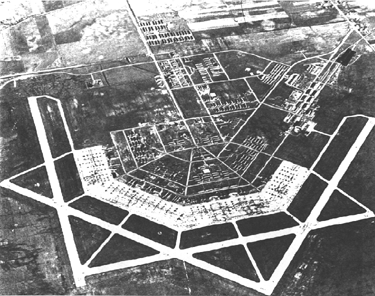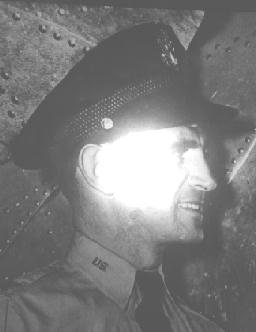
1944 Photo


The War Department,
Washington, D. C., has just announced in General Order Number
10, dated 3 March, 1943 that the advanced flying school Southwest
of Seymour, Indiana, will be named Freeman Army Air Field, honoring
the memory of an Hoosier, Captain Richard S. Freeman, who was
killed in a bomber crash in Nevada early in the war.
Colonel E. T. Rundquist, commanding officer of the field, said the announcement had just been received here.
Captain Freeman, son of Ab Freeman of Winamac, Indiana, became famous for his "mercy flights" when he flew with Red Cross supplies to relieve earthquake sufferers in Chile in 1939. He later led a mercy mission to the leper colony near Molokai in the Pacific. Captain Freeman earned many honors. He was founder of, and at one time, Commandant of Ladd Field, Alaska.
He participated in the Good Will Mass flight of B-17 Flying Fortresses to Buenos Aires, Argentina, in 1938, and later in the same year he piloted a similar ship from Langley Field to Bogota, Columbia. He flew with General Henry H. (Hap) Arnold on a mass flight of Martin bombers from Washington to Fairbanks, Alaska, and was a member of a crew flying a B-17 in filming the movie, "Test Pilot".
Captain Freeman was awarded the Distinguished Flying Cross for meritorious service in flying and the MacKay Trophy for outstanding achievements in aviation engineering.
Freeman was graduated from the United States Military Academy, West Point, N. Y., in 1930. Previously he had attended Notre Dame, South Bend, Indiana.
In commenting on his accomplishments, the 1942 West Point Yearbook said: "In addition to his rating as command pilot, navigator, pilot of multi-engine planes, he was also considered to be an expert bombardier". He had 6,000 hours of flying time.
Captain Freeman was killed 6 February 1941, when a "Flying Laboratory" he was piloting crashed near Lovelock, Nevada.